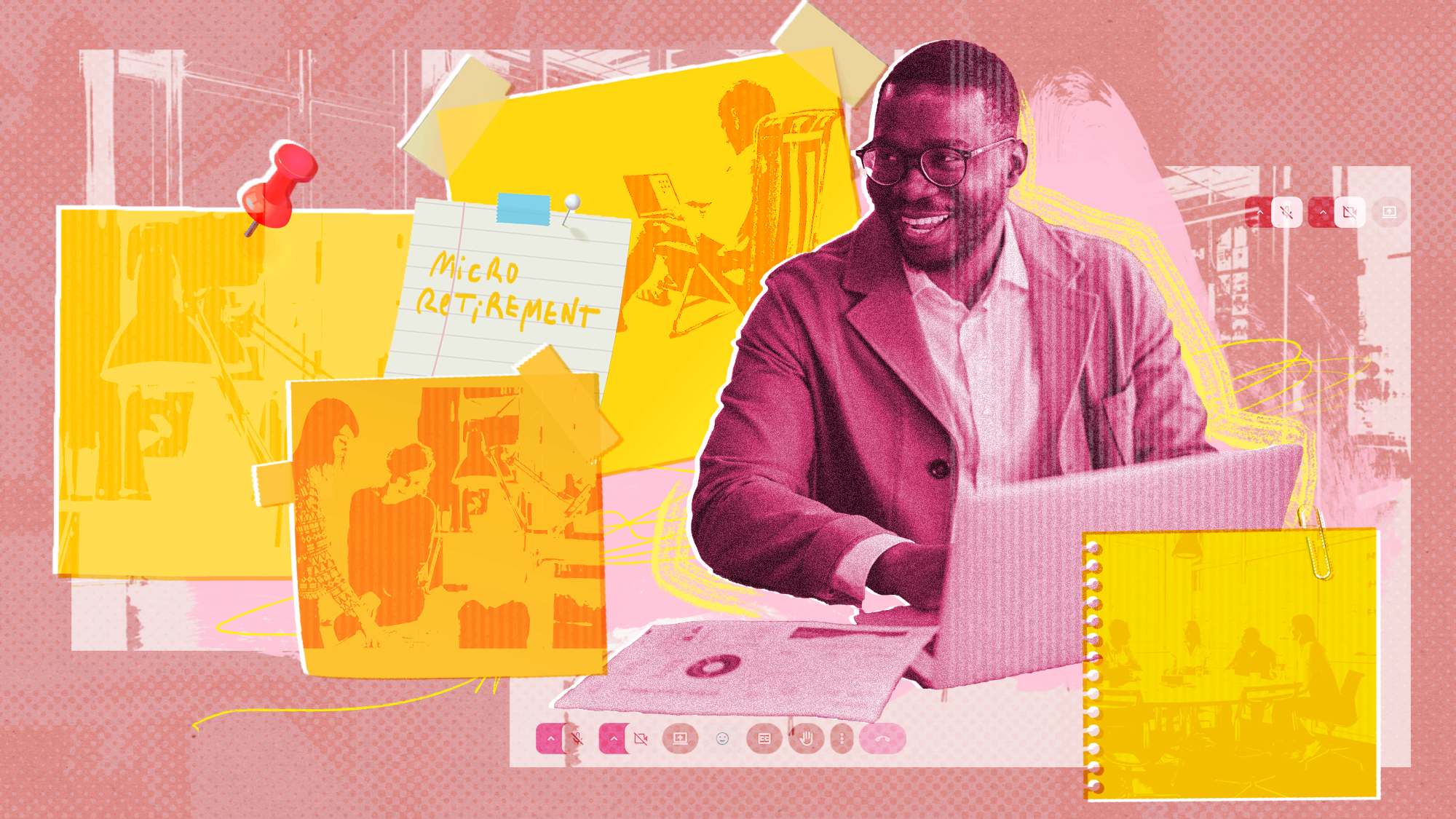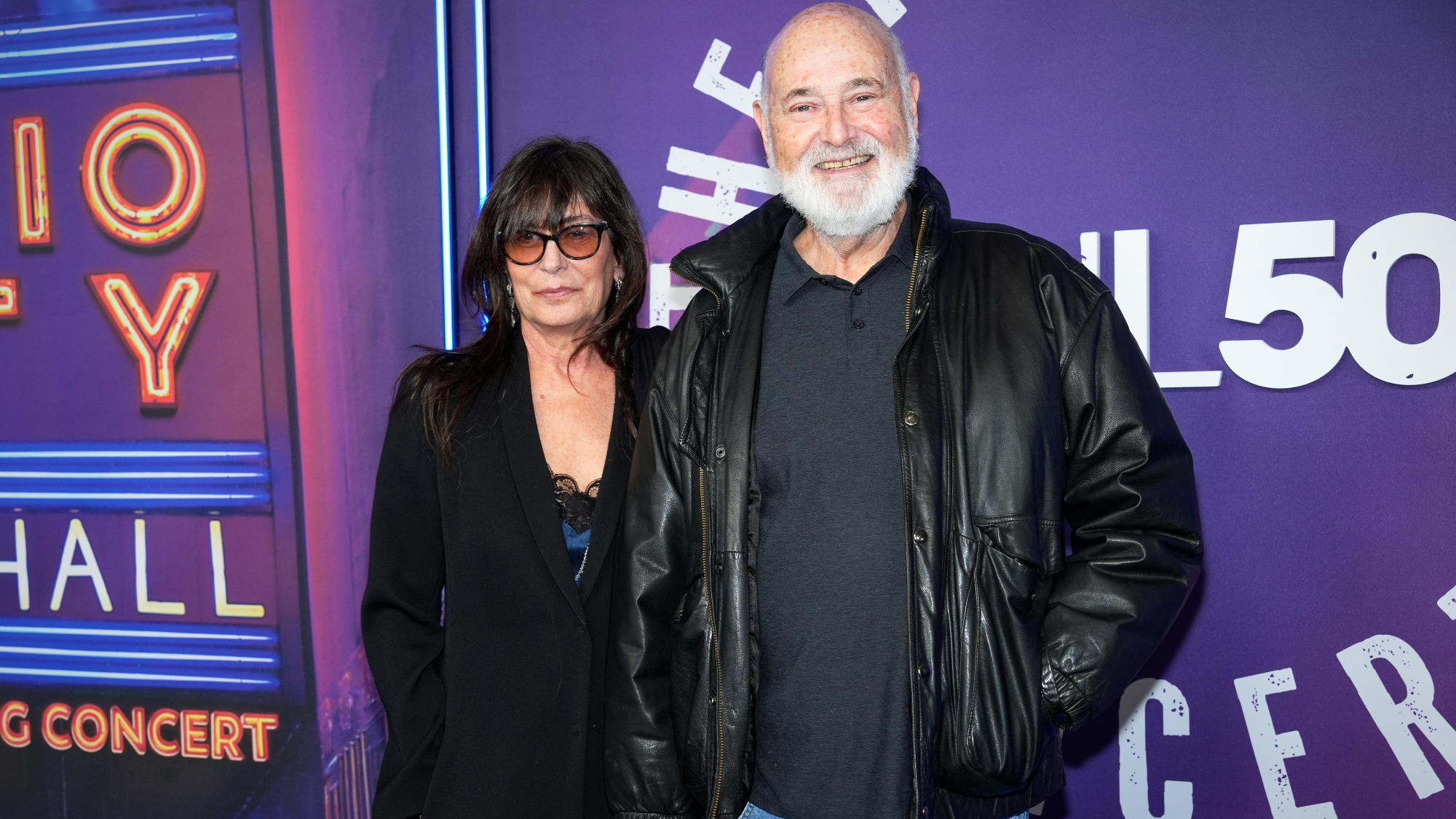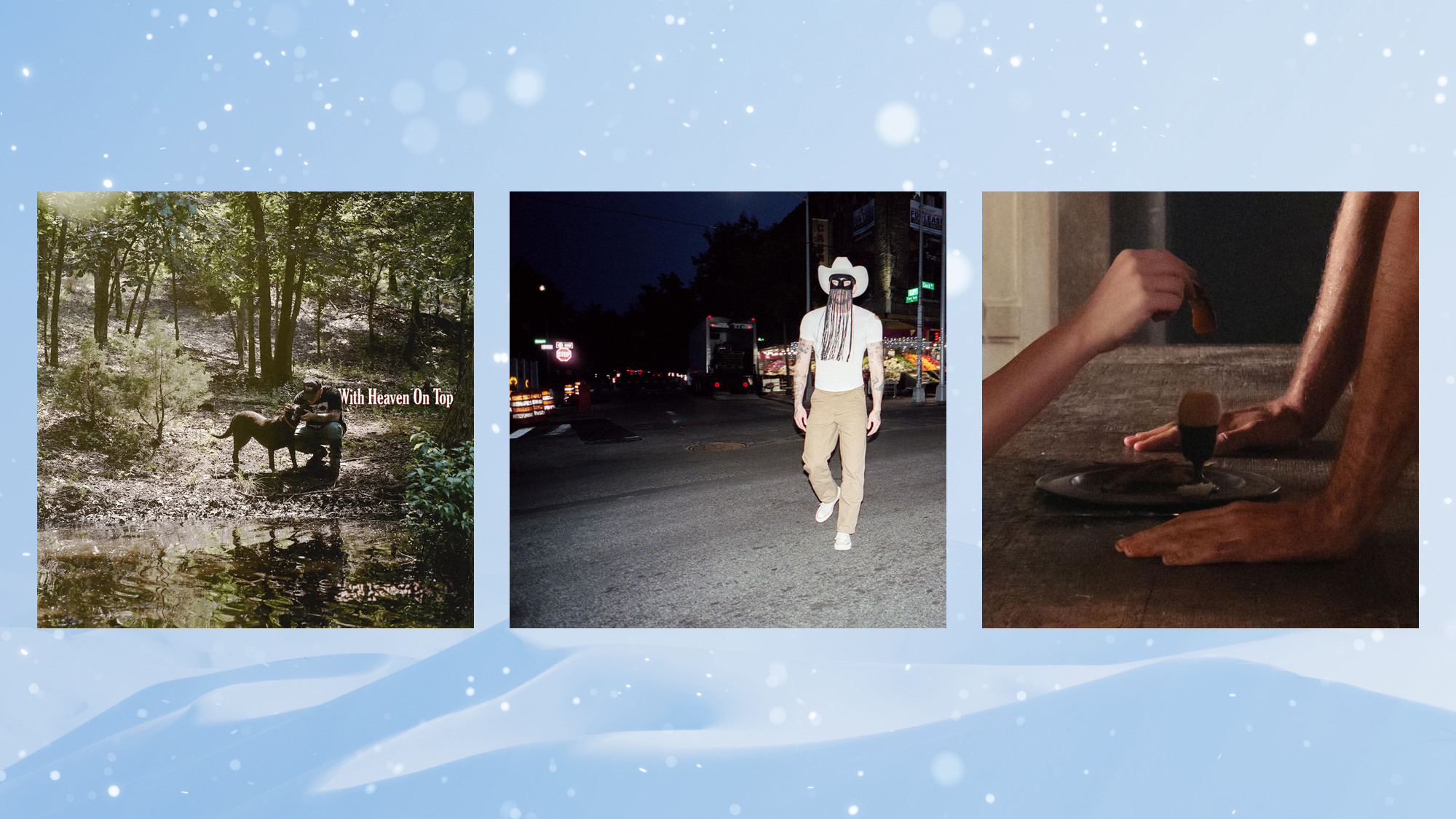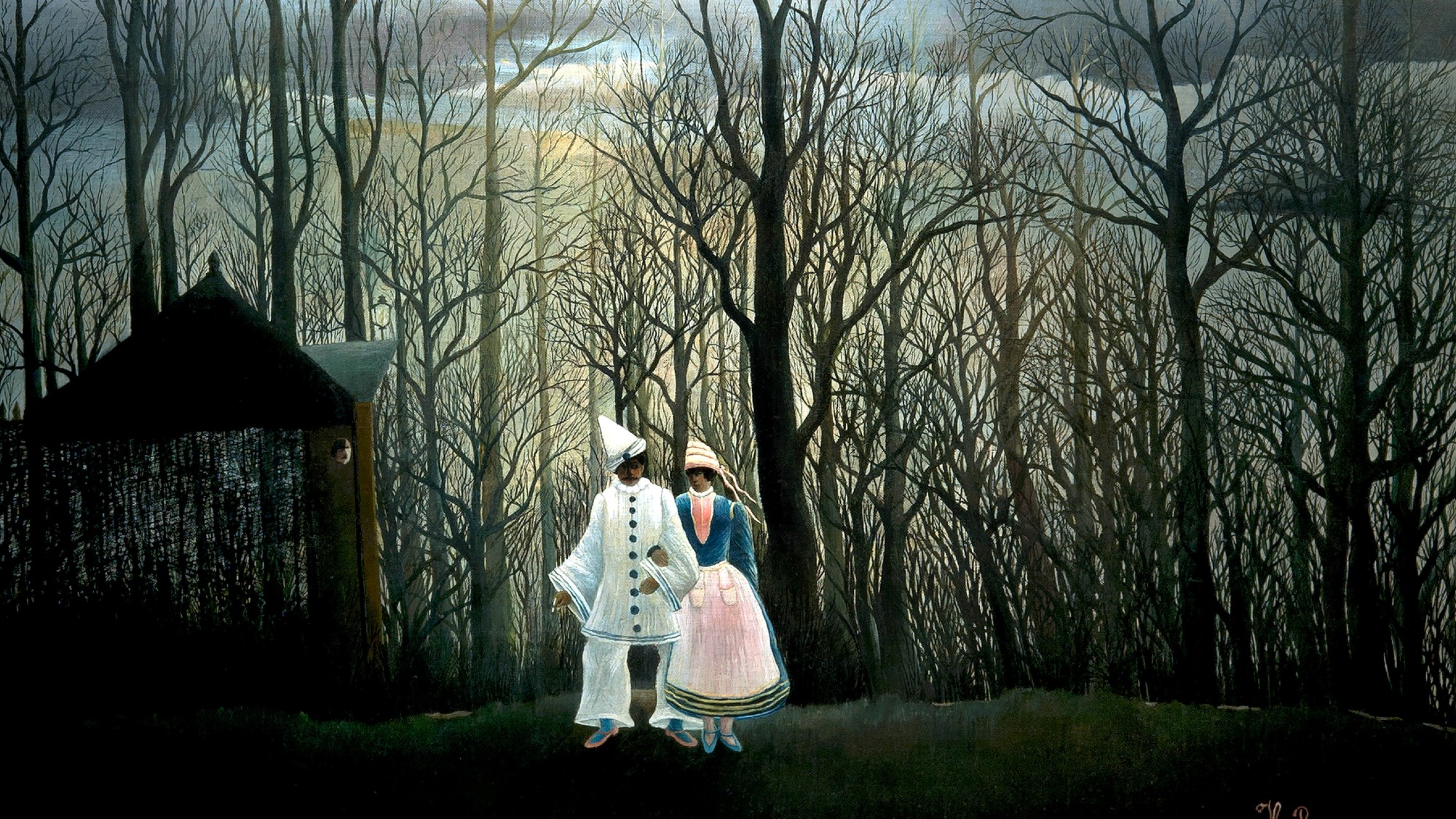From Panopticon to pleasure dome: Dutch prisons transformed
The Netherlands is turning its domed prisons of 'terror' into vibrant community spaces

You might assume that the 40 metre-high dome in the Dutch city of Haarlem is a religious building, said The Guardian – "until you notice the bars covering its 230 windows".
The Haarlem Koepelgevangenis ("dome prison") is just one of three so-called panopticons in the Netherlands: circular prisons with a central watch tower, built in the 19th century and designed to oppress inmates. All three have been closed in the past decade, as part of the country's drive to reduce its prison population, and are being "repurposed".
Psychological terror
The panopticon, first envisioned by British philosopher and social reformer Jeremy Bentham in the 1700s, is a circular structure with a domed roof and cells arranged in tiers on the circumference. From the centre, guards can observe all the inmates.
The Week
Escape your echo chamber. Get the facts behind the news, plus analysis from multiple perspectives.

Sign up for The Week's Free Newsletters
From our morning news briefing to a weekly Good News Newsletter, get the best of The Week delivered directly to your inbox.
From our morning news briefing to a weekly Good News Newsletter, get the best of The Week delivered directly to your inbox.
The design "aimed to instill psychological terror" in prisoners, said Semafor. The giant circle of cells, with the guard tower in the centre, "made prisoners feel constantly watched", whether they were or not.
Bentham himself saw the panopticon as "a new mode of obtaining power of mind over mind", and believed this "simple idea in architecture" could reform morals and improve health. He thought the design would work in other institutional settings, including schools, hospitals and factories.
The idea was that constant central inspection would "cause the prisoners to learn to love their work", Tim Causer, a principal research fellow at UCL's Bentham Project, told The Guardian. "But the psychological terror of thinking you're being watched at all times, I imagine, would never leave you."
No panopticons were ever built in the UK. But the Netherlands emerged as the "unwitting 'heartland' of panopticon design", said The Guardian. The three structures in Haarlem, Breda and Arnhem were designed in the 1880s by Dutch architect Johan Frederik Metzelaar and his son Willem Cornelis, who "praised Bentham's design for restricting interactions between prisoners, who were in solitary confinement for 23 hours a day".
A free daily email with the biggest news stories of the day – and the best features from TheWeek.com
In the 1970s, the French philosopher Michel Foucault criticised the panopticon as inducing in prisoners "a state of conscious and permanent visibility that assures the automatic functioning of power". In his 1975 book "Discipline and Punish", he used the panopticon as an example of how societies used discipline to oppress citizens.
Cultural hub
Koepelgevangenis Haarlem, opened in 1899, finally closed to inmates in 2016. The city then briefly used the prison as a shelter space for Syrian refugees, while the government attempted to sell it. But the "bleak design, dark atmosphere and staggering heating costs" made the building "unappealing", said The Guardian.
In 2022, however, following a "grassroots initiative led by the local population", it reopened as a cultural hub and community space. Nearly all the cells are rented; there is a "podcast studio, art school ateliers and gallery spaces", with a cinema bar and a café on the ground floor. The refurbishment has "generated hundreds of jobs", and up to 1,500 people visit the building every day.
Amazon rents a space on the third floor, where cells have been converted into office spaces. The Amazon Web Service logo is "plastered just above the cell numbers", said Business Insider. Many social media users "noted the irony" of Amazon renting an office in a former prison, given the "widespread reporting" of allegations that Amazon warehouse workers and delivery drivers are "overworked, oversurveilled and underpaid".
The Haarlem site also includes student accommodation and social housing, said Positive News, "answering a national shortage of both".
Arnhem's panopticon is currently undergoing reconstruction to turn it into an event space and hotel, and Breda's domed prison is set to reopen in 2028 as an exhibition space for audio-visual projects.
They are among more than 20 Dutch prisons to have closed in the past decade, as the country's prison population has fallen by more than 40% over the past 20 years. The incarceration rate per capita in the Netherlands is now half that of the UK, and there are "far fewer" repeat offenders. "At times, the Netherlands has even resorted to importing convicts from abroad to fill its empty cells and keep some prisons open."
Harriet Marsden is a senior staff writer and podcast panellist for The Week, covering world news and writing the weekly Global Digest newsletter. Before joining the site in 2023, she was a freelance journalist for seven years, working for The Guardian, The Times and The Independent among others, and regularly appearing on radio shows. In 2021, she was awarded the “journalist-at-large” fellowship by the Local Trust charity, and spent a year travelling independently to some of England’s most deprived areas to write about community activism. She has a master’s in international journalism from City University, and has also worked in Bolivia, Colombia and Spain.
-
 A lemon-shaped exoplanet is squeezing what we know about planet formation
A lemon-shaped exoplanet is squeezing what we know about planet formationUnder the radar It may be made from a former star
-
 Political cartoons for January 4
Political cartoons for January 4Cartoons Sunday's political cartoons include a resolution to learn a new language, and new names in Hades and on battleships
-
 The ultimate films of 2025 by genre
The ultimate films of 2025 by genreThe Week Recommends From comedies to thrillers, documentaries to animations, 2025 featured some unforgettable film moments
-
 13 Gen Z workplace terms and phrases
13 Gen Z workplace terms and phrasesin depth From ‘quiet firing’ to ‘resenteeism,’ there are clues about why employers and employees in America are having such a sad time
-
 Let these comedians help you laugh your way through winter
Let these comedians help you laugh your way through winterThe Week Recommends Get some laughs from Nate Bargatze, Josh Johnson and more
-
 The best music of 2025
The best music of 2025The Week Recommends These were some of the finest releases of the past year
-
 Rob Reiner, wife dead in ‘apparent homicide’
Rob Reiner, wife dead in ‘apparent homicide’speed read The Reiners, found in their Los Angeles home, ‘had injuries consistent with being stabbed’
-
 10 upcoming albums to stream during the winter chill
10 upcoming albums to stream during the winter chillThe Week Recommends As the calendar turns to 2026, check out some new music from your favorite artists
-
 Holbein: ‘a superb and groundbreaking biography’
Holbein: ‘a superb and groundbreaking biography’The Week Recommends Elizabeth Goldring’s ‘definitive account’ brings the German artist ‘vividly to life’
-
 Nnela Kalu’s historic Turner Prize win
Nnela Kalu’s historic Turner Prize winTalking Point Glasgow-born artist is first person with a learning disability to win Britain’s biggest art prize
-
 Henri Rousseau: A Painter’s Secrets
Henri Rousseau: A Painter’s Secretsfeature Barnes Foundation, Philadelphia, through Feb. 22